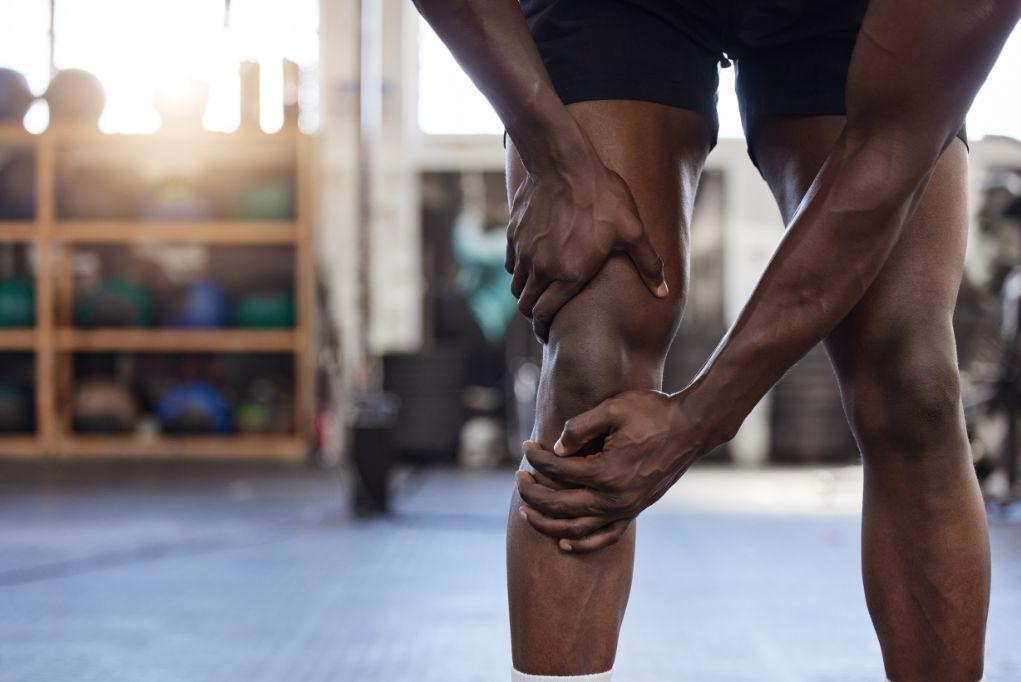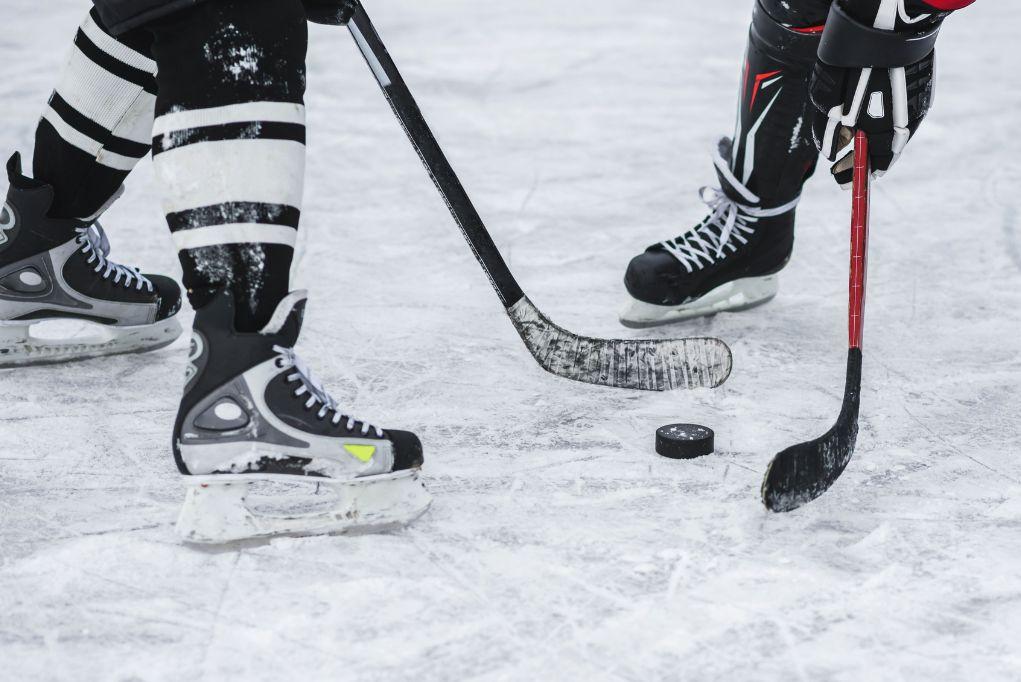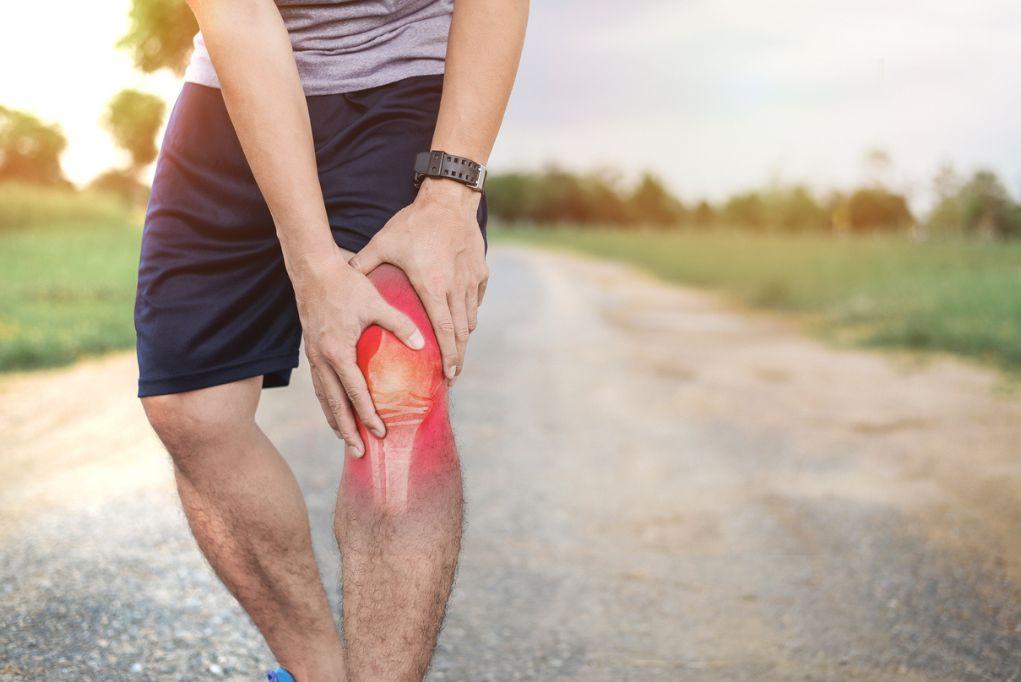3 of the Most Common Tendon Injuries

3 of the Most Common Tendon Injuries
Injuries happen to the best of us. Tendon injuries are among the most common types of injuries and can be very painful. They occur when the tendon is stretched beyond its capacity and becomes damaged or torn. Tendon injuries can happen anywhere, but they most commonly present as Achilles tendonitis, patellar tendonitis (Jumper’s Knee), and lateral epicondylitis (Tennis Elbow).
Achilles Tendonitis
Achilles tendonitis occurs when the Achilles tendon is overstretched or torn. The Achilles tendon runs from the heel to the calf muscles and is responsible for pushing off when walking or running. Those who participate in activities or sports that require a lot of running or jumping are at high risk for Achilles tendonitis.
What Causes Achilles Tendonitis?
Achilles tendonitis is often caused by overuse and strain. In addition, as you age, your tendons lose elasticity and are more susceptible to injury. Achilles tendonitis can also be caused by sudden changes in activity levels, improper stretching, or not warming up properly before activity.
What Does Achilles Tendonitis Feel Like?
The most common symptom of Achilles tendonitis is pain. The Achilles tendon attaches to the heel bone and causes sharp, shooting pains in your heels when you walk or run.
Other symptoms of Achilles tendonitis may include:
- Heel stiffness
- Tenderness and swelling around the Achilles tendon
- Reduced range of motion in your ankle
Treatments for Achilles Tendonitis
Most cases of Achilles tendonitis may be treated with rest, ice, compression, and elevation (RICE). Doctors may also recommend:
- Physical therapy– Going to physical therapy may help to strengthen the muscles around the Achilles tendon.
- Nonsteroidal anti-inflammatory drugs- Taking anti-inflammatories such as aspirin or ibuprofen can help reduce swelling and pain.
- Surgery– Undergoing surgery is rarely needed but may be recommended if the tendon is severely damaged.
Preventative Measures
The best way to prevent Achilles tendonitis is to stretch and warm up properly before participating in physical activity. Be sure to increase your activity level gradually and allow time for your muscles and tendons to get adjusted. Using equipment such as properly fitting shoes, insoles, or braces may also prevent Achilles tendonitis by reducing strain on the tendon.
Patellar Tendonitis (Jumper’s Knee)
Patellar tendonitis, otherwise known as Jumper’s Knee, affects the tendon below the kneecap. The patellar tendon connects the kneecap to the shinbone and is responsible for straightening the knee. Patellar tendonitis is most common in athletes who participate in sports such as basketball, volleyball and running.
What Causes Jumper’s Knee?
Patellar tendonitis is caused by overuse and strain of the patellar tendon. In addition, a fall, direct hit to the knee, or excessive jumping may also cause patellar tendonitis to occur.
What Does Jumper’s Knee Feel Like?
The most common symptom of patellar tendonitis is pain below the kneecap. The pain may worsen when you walk, run, or squat.
Other symptoms of patellar tendonitis may include:
- Swelling and stiffness in the knee
- Reduced range of motion in your knee
- A popping sensation when you extend the knee
Treatments for Jumper’s Knee
Like Achilles tendonitis, most cases of jumper’s knee can be self-treated with rest, ice, compression, and elevation.
Other Treatment options include:
- Physical therapy
- Stretching
- Using a patellar tendon strap or knee brace
- nonsteroidal anti-inflammatory drugs (NSAIDs)
Surgery is rarely needed but may be recommended if the condition is severe.
Preventative Measures
The best way to prevent jumper’s knee is to gradually build up your strength and endurance levels. Using a knee brace may also help prevent jumper’s knee by reducing strain on the patellar tendon and providing extra support to the knee.
Lateral Epicondylitis (Tennis Elbow)
Lateral epicondylitis is an inflammation of the tendons on the outside of your elbow. The condition is commonly known as tennis elbow.
What Causes Tennis Elbow?
Tennis elbow is caused by overuse and strain of the tendons on the outside of your elbow. Those who participate in activities that require repetitive use of the forearm muscles, such as tennis, golf, painting, and carpentry, are at high risk for tennis elbow.
What Does Tennis Elbow Feel Like?
The most common symptom of tennis elbow is pain on the outside of the elbow. The pain may worsen when you use your hands and fingers or shake hands. The condition may also cause a burning sensation in your fingers and wrist when you grip an object or extend your hand.
Other symptoms of tennis elbow may include:
- Tingling in your fingers
- Weak grip strength
- Loss of muscle mass in your forearm
Treatments for Tennis Elbow
Treatments for tennis elbow include:
- Rest – Taking a break from the activity that caused your injury is the best way to allow your tendon to heal.
- Ice – Applying ice to your elbow for 15-20 minutes, three times a day, can help reduce swelling and pain.
- Compression – Wrapping your elbow with an elastic bandage can reduce swelling, pain, and muscle spasms.
- Physical therapy – Your doctor may recommend physical therapy to help strengthen your forearm muscles and improve your range of motion.
- Surgery – Surgery is rarely needed but may be recommended if the condition is severe or does not improve with other treatments.
Preventative Measures
The best way to prevent tennis elbow is to build up the strength in your forearm muscles gradually. Using gloves, wraps, or braces may also help prevent tennis elbow by reducing strain on your forearm muscles.
Contact Motion Orthopaedics
Motion Orthopaedics is committed to treating tendon injuries with the most advanced treatment options available. If you are experiencing pain or discomfort from a tendon injury, click here to request an appointment.




